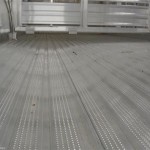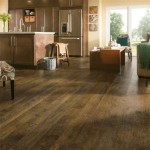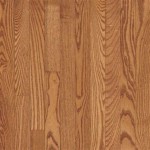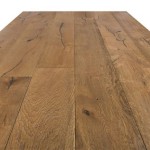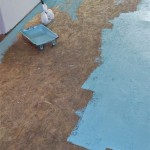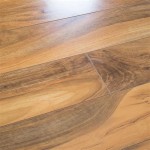Pebble Stone Flooring DIY: A Comprehensive Guide to Creating a Natural Oasis
Pebble stone flooring, with its timeless charm and durability, is an excellent choice for both indoor and outdoor spaces. While it may seem daunting, creating a pebble stone floor is an achievable DIY project with the right materials and preparation. Here's a comprehensive guide to help you embark on this transformative endeavor:
1. Plan & Prepare:
Carefully plan the layout and size of your floor before starting. Determine the area to be covered, calculate the required materials, and gather all necessary tools. Ensure the subfloor is level, dry, and free of debris or imperfections that may interfere with the adhesion of pebbles. Consider using a trowel to smooth the surface for optimal results.
2. Materials Gathering:
Gather high-quality materials, including small polished river pebbles (choose a size that complements the space), a strong epoxy adhesive, a grout appropriate for outdoor or indoor use (depending on the location of the floor), mixing tools, and safety gear (gloves, mask, goggles). Opt for epoxy adhesives specifically designed for pebble flooring to ensure a durable bond.
3. Subfloor Preparation:
Lay out a layer of mortar (also known as a mud bed) over the subfloor. The mortar should be slightly damp, allowing it to adhere properly. Use a trowel to create a flat, even surface. Allow the mortar to dry completely before moving on to the next step.
4. Pebble Placement:
Apply the epoxy adhesive evenly over the prepared mortar, using a notched trowel to create grooves. Carefully place the pebbles onto the adhesive, ensuring they are evenly distributed and firmly pressed into the grooves. Gently tap the stones with a rubber mallet to ensure proper adhesion.
5. Grouting:
Once the pebbles are securely in place, mix the grout according to the manufacturer's instructions. Apply the grout over the pebbles, filling the gaps and creating a smooth surface. Use a grout float to spread and press the grout into the spaces between the stones. Allow the grout to set completely, typically overnight.
6. Sealing & Finishing:
After the grout has set, apply a high-quality sealant to protect the flooring from moisture and wear. Choose a sealant specifically formulated for pebble stone flooring, as it will enhance durability and longevity. Allow the sealant to dry completely before using the floor.
Additional Tips:
- Create a test area before starting the main project to ensure proper techniques and compatibility of materials.
- Wear safety gear throughout the process to protect yourself from dust and fumes.
- If working with a large area, consider dividing the project into smaller sections for easier management.
- Allow ample drying time for each step to ensure optimal adhesion and durability.
- Regular cleaning and maintenance will help preserve the beauty and longevity of your pebble stone floor.

Miserable Pebble Tile Flooring Diytileguy

Pebble Shower Floors For Tiled Showers How To Install Small Rocks Tile Your World

Grouting A Diy Beach Stone Floor Merrypad

Create A Tranquil Oasis With Pebble Tile Bathroom Floor

How To Grout Pebble Tile Decor Adventures

Grouting A Diy Beach Stone Floor Merrypad

Miserable Pebble Tile Flooring Diytileguy

How To Install Pebble Stone Pebblestone Wash Diy Installation Rock Flooring

Installing Diy Pebble Tile Part 1 Of 2 Merrypad

Rock Mat Diy Stone Floor Door Garden Decor
Related Posts

